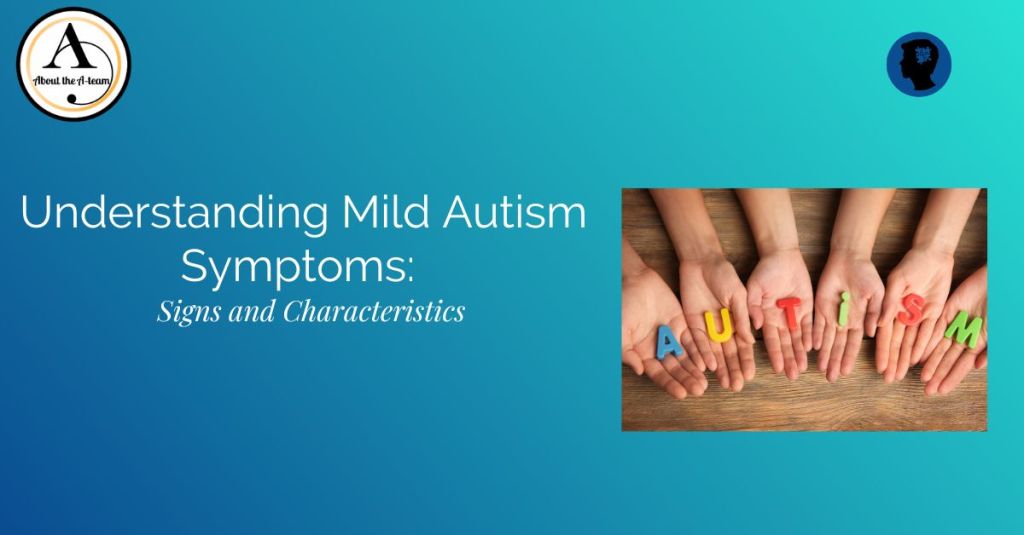Introduction:
Autism Spectrum Disorder (ASD) is a developmental disorder that affects individuals in various ways. Within the spectrum, some people exhibit mild autism symptoms, which may be less apparent but still have a significant impact on their daily lives. Recognizing and understanding these mild symptoms is crucial for early detection and appropriate intervention. In this article, we will explore the signs and characteristics of mild autism symptoms, shedding light on the subtle indicators that can help individuals, parents, and caregivers identify and better understand mild autism.
Social and Communication Challenges:
One of the key aspects of mild autism is the difficulty in social interactions and communication. Individuals may struggle with initiating and maintaining conversations, understanding social cues, and interpreting nonverbal language such as body language and facial expressions. They may also have difficulties in forming and maintaining friendships, understanding sarcasm or humor, and engaging in reciprocal conversation.

Repetitive Behaviors and Routines:
Individuals with mild autism often exhibit repetitive behaviors and a strong preference for routines. These behaviors can manifest in various ways, such as repetitive hand movements, body rocking, or a fixation on specific objects or topics. They may become upset or anxious if their routines or rituals are disrupted, relying on predictability and sameness to feel secure and comfortable. These repetitive behaviors can serve as a coping mechanism or a way to self-regulate in a world that can be overwhelming for individuals with autism.
Sensory Sensitivities:
Another characteristic of mild autism is heightened sensory sensitivities. Individuals may experience sensory overload or be extremely sensitive to certain stimuli, such as loud noises, bright lights, specific textures, or strong smells. These sensitivities can lead to discomfort, anxiety, or even meltdowns. Understanding and managing sensory sensitivities is essential to creating an environment that is more accommodating and supportive for individuals with mild autism.
Special Interests and Narrow Focus:
Individuals with mild autism often develop intense, specific interests in particular subjects or activities. They may spend a significant amount of time and energy researching, collecting, or engaging in these interests. While these interests can be a source of joy and motivation, they may also consume a disproportionate amount of their attention, potentially limiting their engagement in other areas of life.
Executive Functioning Challenges:
Executive functioning refers to a set of cognitive processes that help individuals plan, organize, and complete tasks. People with mild autism may experience difficulties in executive functioning, which can manifest as challenges in time management, prioritizing tasks, and organizing their thoughts or belongings. These difficulties can impact their ability to navigate daily responsibilities, academic pursuits, and independent living.
Conclusion:
Recognizing the signs and characteristics of mild autism symptoms is vital for early identification and intervention. By understanding the social, communication, sensory, and behavioral challenges faced by individuals with mild autism, we can create supportive environments, provide appropriate interventions, and foster inclusion. Remember, each individual with mild autism is unique, and early diagnosis and personalized support can make a significant difference in their lives, enabling them to reach their full potential and thrive within their capabilities.